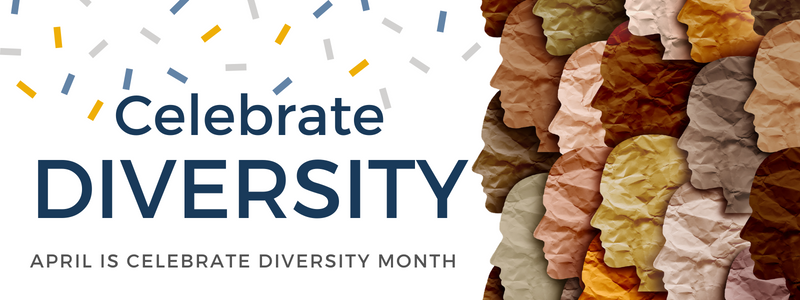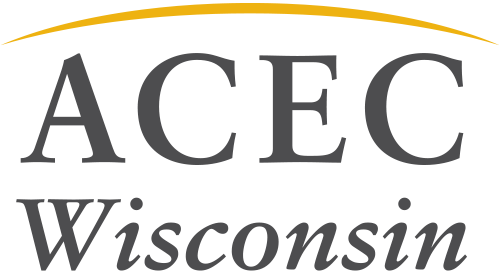Expanding Diversity in Engineering
 Written by: Allan Pacada, PE and Darius Wright, PE of HNTB
Written by: Allan Pacada, PE and Darius Wright, PE of HNTB
Transportation engineering plays a vital role in connecting people and communities to what matters most by ensuring safe, efficient, and reliable movement of goods and people. It enables us to access essential services, reach our workplaces, visit family and friends, and engage in recreational activities. By designing, building, and maintaining transportation infrastructure, transportation engineers create a foundation for economic growth and prosperity, social interactions, and overall quality of life. As such, it is important that the workforce reflects the diversity of the people and communities it serves. Expanding the pipeline of diverse students in engineering is one way to ensure that the field is more inclusive and representative.
The benefits of diverse perspectives in engineering are significant. Diverse perspectives bring innovative ideas and approaches to problem-solving, which can lead to more innovative solutions.
A more diverse workforce also can better serve diverse populations, as engineers with different backgrounds and experiences are better equipped to understand the needs and challenges of different communities.
A more diverse engineering workforce can help address the looming talent shortage in the field, as companies struggle to find qualified workers to fill open positions.
 The first barrier is that many diverse students are not aware of the opportunities available to them. Plenty of talented students bypass STEM or infrastructure-related careers – not because they are not capable, but because they have not been exposed to our industry and the great careers they could find in this field.
The first barrier is that many diverse students are not aware of the opportunities available to them. Plenty of talented students bypass STEM or infrastructure-related careers – not because they are not capable, but because they have not been exposed to our industry and the great careers they could find in this field.
Often, young people who choose engineering as a career have someone in their lives – perhaps a relative or a mentor – who is an engineer. For diverse students, this is a large part of where the gap begins. Without having had models that allow them to envision themselves represented; they do not consider engineering as a career option. Consequently, the numbers of minority engineering students in the U.S. and Wisconsin continues to lag proportional minority populations, according to a Pew Research Study, “STEM Jobs See Uneven Progress in Increasing Gender, Racial and Ethnic Diversity.”
It is crucial to expose young children to STEM related activities as it can help them develop problem-solving, critical thinking, and analytical skills at an early age. These skills are essential in their academic and professional lives and can better prepare them for future careers in various STEM fields. Engaging in STEM activities at an early age can foster a curiosity and passion for learning that can stay with children for their entire lives.
Engineers often work on projects that are based in cities and involving a diverse team of professionals can bring valuable insights and perspectives to the problem-solving process. Such diversity in the team can include individuals who are more representative of the communities these projects serve, resulting in better outcomes that address the needs of a broader group of people. This collaborative approach to problem-solving can lead to creative and innovative solutions that consider the social, cultural, and environmental factors of the community, resulting in more sustainable and equitable outcomes. By recognizing the value of diversity in engineering and promoting inclusion, we can create a more just and inclusive society.
 Understanding the gaps above, we recognize that increasing the pipeline of students who choose engineering as a career will not happen organically. We are proud to work at a company that participates in educational outreach programs designed to create awareness and opportunities among minority students and works to ensure our intern classes are as diverse as possible.
Understanding the gaps above, we recognize that increasing the pipeline of students who choose engineering as a career will not happen organically. We are proud to work at a company that participates in educational outreach programs designed to create awareness and opportunities among minority students and works to ensure our intern classes are as diverse as possible.
There is still much more work to be done. It is incumbent upon all of us to be more intentional in exposing minority young people to opportunities in engineering. This goal is achievable through:
- Community outreach. We should seek ways to create greater visibility for career opportunities in the field. This can include establishing a presence in our neighborhoods and in local or regional non-engineering-specific committees or groups where we can contribute expertise.
- Educational outreach. We can build relationships with local educators – especially those who teach science and math – and offer to provide help that increases minority students’ understanding of the fun and meaningful work engineers do. This assistance could come in the form of mentoring promising students, judging science competitions, tutoring, participating in a career day or serving as a guest speaker, among other options. Educational outreach should focus not only on college and high school students, but also on reaching students at the middle school level.
- Scholarships. Students from marginalized backgrounds can lack resources and opportunities. Establishing engineering scholarships will help more underrepresented students earn degrees in the field.
- Sponsorships. Through financial contributions and volunteerism, we can support engineering summer camps, career events, competitions and mentorship programs that pair minority students with experienced industry professionals. These events, often hosted by area universities, local schools or STEM organizations, can serve as more inclusive and accessible pathways for students from diverse backgrounds to pursue engineering.
- High School Internships. College internships and co-ops provide critical experience and typically a career path for future engineers. Creating high school internship programs to expose more perspective minority students that are juniors and seniors in high school could help create a more diverse university system pipeline.
To increase the pipeline of diverse students in engineering, we must take a multi-pronged approach and be jointly committed to making individual differences. By working together to address the barriers to diversity in engineering and providing more support and opportunities for underrepresented groups, we can create a more inclusive and innovative field that better serves the needs of all communities.
About the Guest Bloggers
 Allan Pacada, PE – Allan brings 21 years of transportation and construction engineering experience for a wide variety of projects, including interstates, urban roadways, municipal trails, precast concrete bridge segments and a water treatment plant.
Allan Pacada, PE – Allan brings 21 years of transportation and construction engineering experience for a wide variety of projects, including interstates, urban roadways, municipal trails, precast concrete bridge segments and a water treatment plant.
Darius Wright, PE – Darius is a project manager with 30 years of experience in urban and rural roadway design for several WisDOT projects. He is knowledgeable in critical path method scheduling using Primavera P6 and Microsoft Project software. He served as deputy project manager providing project scheduling and document controls for the Milwaukee Streetcar project and was a task lead for the design of local roads affected by the Marquette Interchange.
